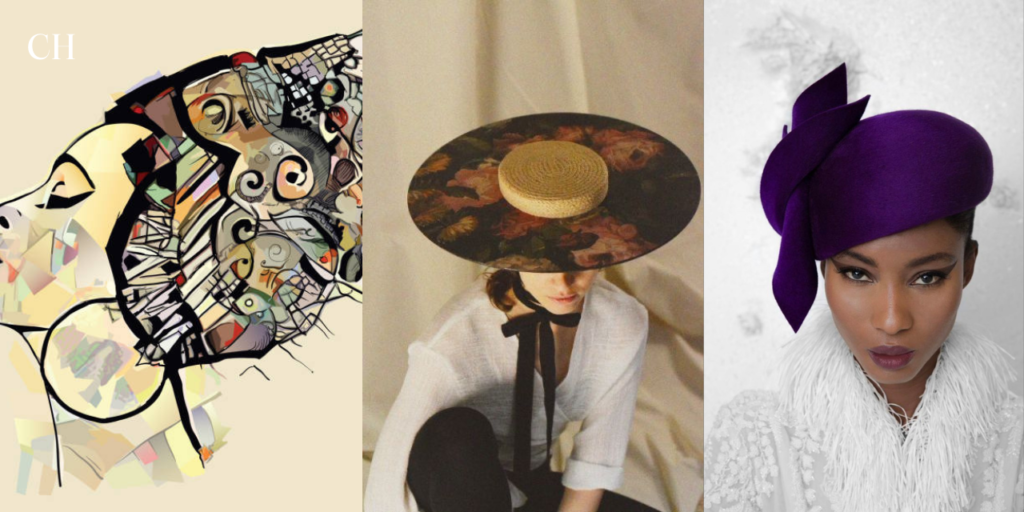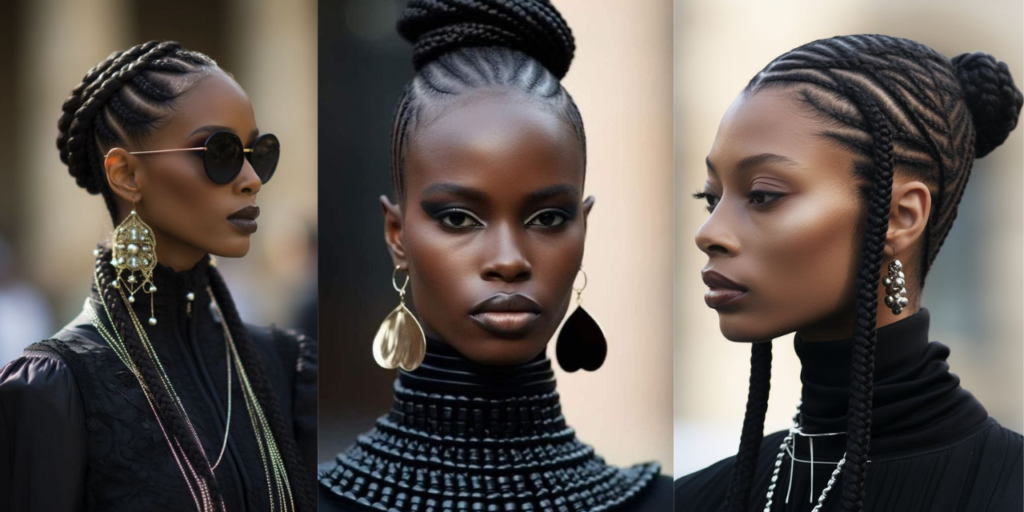
Braided hairstyles have been an important element of black culture for generations, serving not only as a practical technique to manage and style hair, but also as a source of self-expression, cultural identification, and craftsmanship. In this comprehensive guide, we will look at the rich history, cultural significance, and wide variety of braided hairstyles for black women.
Historical and Cultural Context
African Origins
Braiding has ancient roots in African societies. Hairstyles in many African communities not only reflected personal individuality, but also social rank, age, marital status, and tribal membership. Intricate braided fashions were frequently passed down through generations, with each braid pattern having its own symbolic significance.
Transatlantic Slave Trade
During the transatlantic slave trade, enslaved Africans carried their cultural practices, such as braiding skills, to America. Despite the harsh conditions of slavery, black women continued to braid their hair, retaining their cultural history and finding comfort in the act of braiding under adversity.
Civil Rights Movement
During the Civil Rights Movement of the 1950s and 1960s, braided hairstyles represented black pride and resistance to racial persecution. Natural hairstyles, such as afros and braids, were embraced as a rejection of Eurocentric beauty standards while also celebrating black beauty and individuality.
Modern Era
Braided hairstyles regained popularity in the late twentieth and early twenty-first centuries, owing to a growing tendency to embrace natural hair and cultural heritage. Braids became more than just a fashion statement; they were also a kind of empowerment, allowing black women to regain control of their bodies and identities.
Popular Braided Hairstyles
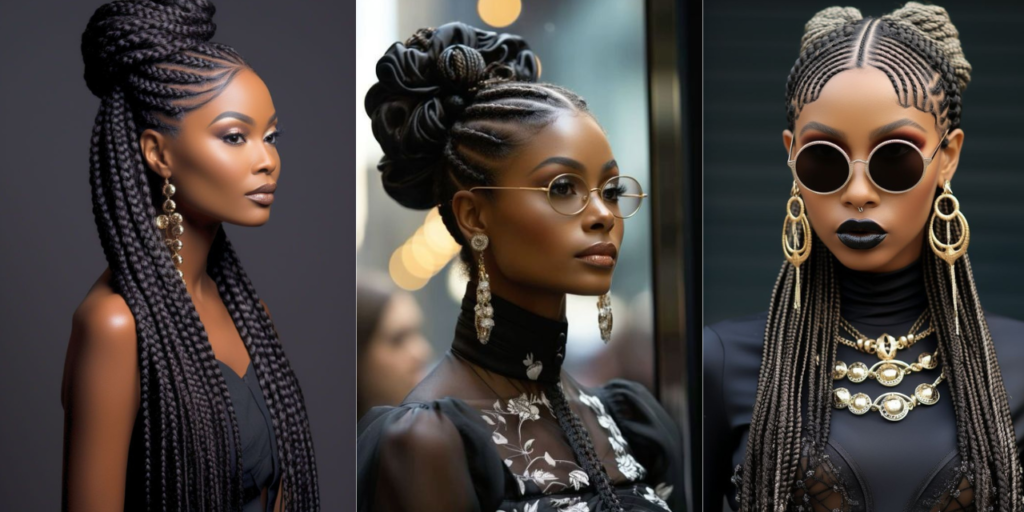
Box Braids

Box braids are a traditional and flexible hairdo with small to medium-sized square pieces. They can be made with natural hair or hair extensions and offer a wide range of style options, from long and flowing to short and edgy. Box braids protect natural hair and can endure for several weeks if properly maintained.
Cornrows

Cornrows are tightly braided rows of hair that are braided near the scalp. They can be dressed in straight lines, curving patterns, or elaborate motifs, making them suitable for both informal and formal settings. Cornrows are noted for their endurance and low care requirements, making them excellent for active lives.
Senegalese Twists
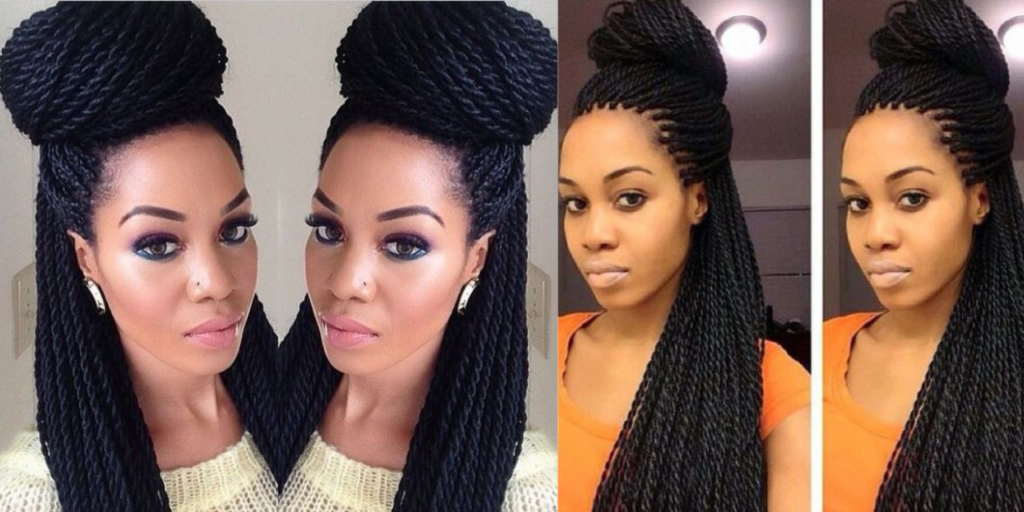
Senegalese twists are made by winding synthetic hair extensions through pieces of natural hair. They’re thicker than regular braids and give a sleek, polished look. Senegalese twists are a protective hairstyle that can be worn in a variety of lengths and textures, providing versatility and attractiveness.
Fulani Braids
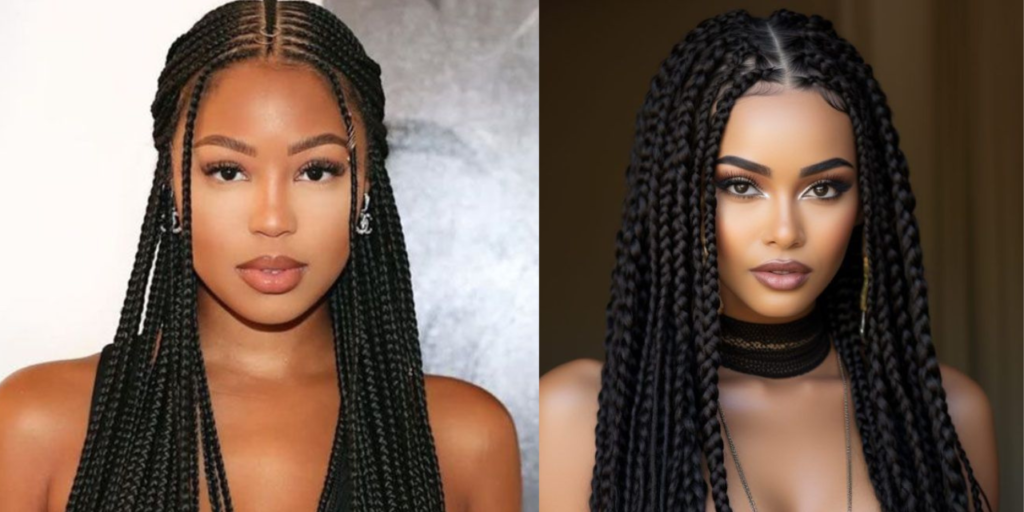
Fulani braids, also known as tribal braids, are a classic African hairstyle that has tiny, delicate braiding around the hairline’s borders. They are frequently embellished with beads, cowrie shells, and other ornaments to give flair. Fulani braids are a traditional cornerstone in many West African tribes, and they have grown in popularity globally due to their visual appeal.
Crochet Braids
Crochet braiding involves weaving extensions into natural hair with a crochet needle. This technology provides for rapid and easy installation and a variety of styling possibilities, such as curly, wavy, or straight hair. Crochet braids are a versatile and budget-friendly alternative to traditional braided hairstyles.
Bantu Knots
Bantu knots are small, coiled knots formed by twisting and wrapping portions of hair around themselves to produce knots. They can be worn on their own or with other braided hairstyles to provide texture and dimension. Bantu knots are recognized for their distinctive appearance and cultural significance.
Braided Updos
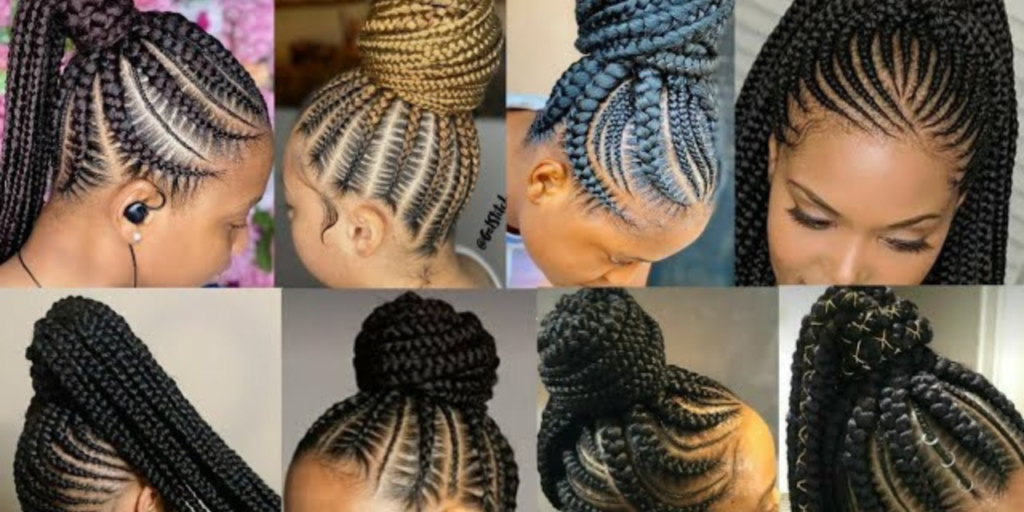
Braided updos are elegant and sophisticated hairstyles that combine braids with an updo. They can vary from simple buns or ponytails to complex crown or halo braids. Braided updos are popular for weddings, proms, and other formal events due to their ageless beauty and charm.
Cultural Significance and Symbolism
Identity and Expression
Braided hairstyles are a means of self-expression and identification for black women, allowing them to demonstrate their distinct style, ingenuity, and cultural history. Braids are more than a hairdo; they represent originality, endurance, and pride.
Community and Connection
Braiding has traditionally been a communal activity, with family, friends, and community members gathering to braid each other’s hair. This sense of shared experience strengthens links of friendship, sisterhood, and solidarity among black people.
Empowerment and Liberation
For many black women, wearing natural hairstyles, especially braids, is a kind of freedom and liberation. It symbolizes a rejection of conventional standards and expectations, a reclaiming of one’s true self, and a celebration of black beauty in all of its varieties.
Maintenance and Care Tips

Moisture and Hydration
Keeping braided hair hydrated is critical to keeping healthy hair and scalp. To prevent dryness and breakage, regularly hydrate your scalp with a lightweight oil or moisturizing spray, and add a leave-in conditioner to the lengths of your braids.
Gentle Cleansing
Cleanse your scalp and braids on a regular basis with a sulfate-free shampoo or cleansing spray to eliminate debris, product buildup, and sweat. To avoid frizz and tangling, gently massage the shampoo into your scalp and completely rinse with lukewarm water.
Protective Styling
Protective styling techniques, such as sleeping with satin or silk scarves and avoiding hairstyles that pull on your hairline, can help prevent breakage and encourage hair development. To protect your natural hair, keep your braids tension-free and avoid excessive manipulation.
Regular Maintenance
To keep your braided hairstyle looking great, schedule regular touch-up appointments with your hairstylist. Trim any stray hairs, re-tighten loose braids, and refresh your edges as needed to maintain your braids appearing clean and tidy.
Proper Removal
When it’s time to remove your braids, be delicate and slow to avoid damaging your natural hair. To soften the braids, apply a moisturizing oil or hair conditioner before delicately unraveling them from your hair. Follow up with a deep conditioning treatment to replenish moisture and vitality in your hair.
Braided hairstyles retain a special place in black women’s hearts, representing a legacy of tenacity, ingenuity, and cultural pride. From ancient African traditions to current displays of beauty and identity, braids continue to evolve and inspire new generations of women all around the world. Braids will always be a timeless and cherished hairstyle for black women globally, whether worn for fashion, self-expression, or as a representation of cultural history.

